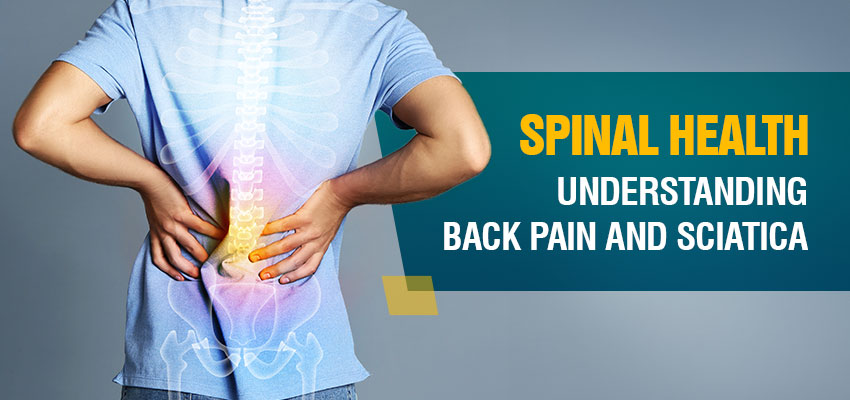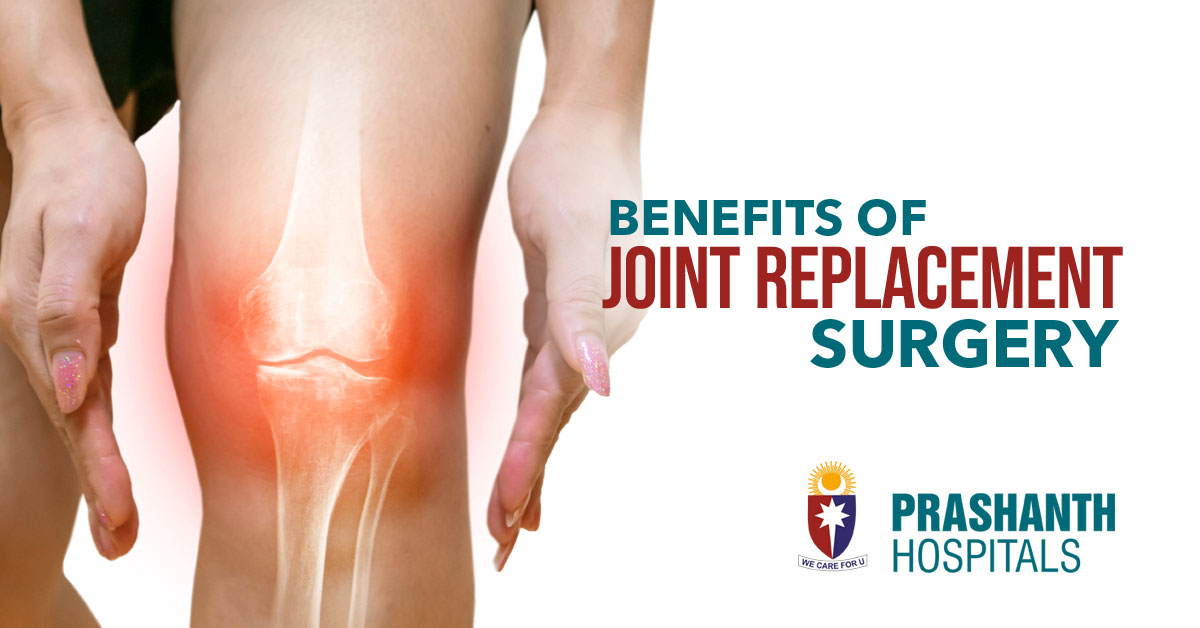Orthopedics Key Features
Key Features
Our orthopedic specialists treat a wide range of conditions that can affect mobility or cause pain and discomfort. We provide a full continuum of care - diagnostics, leading-edge surgical techniques, therapy, education, prevention, wellness, and fitness all in a single setting.
- Knee and Hip Joint Replacement
- Arthroplasty
- Arthroscopy
- Microdiscectomy
- Laminectomy
- Laminoplasty
- Sports injuries
- Bone cancer
- Physiotherapy and Rehabilitation


